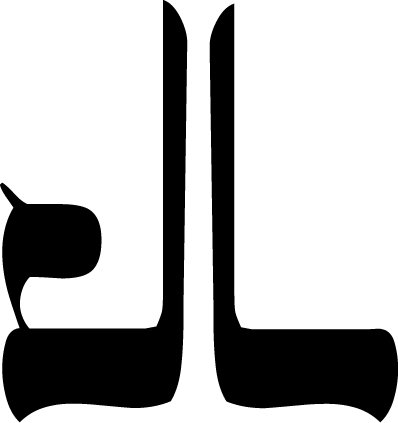zohaR
(Oratorio)
Duration ca. 25' (2015)
3d1pic.3d1enghn.3d1bcl.3d1cbsn/4.3.3d1b tbn.1/timp.1perc/hp/str/ch/solo soprano, solo baritone
View Score
LISTEN
Commissioned by the Atlanta Symphony Orchestra, Carnegie Hall, and the Deborah A. Kahn and Harris N. Miller Charitable Fund.
Premiered by the Atlanta Symphony Orchestra conducted by Robert Spano, soloists Jessica Rivera and Nmon Ford, April 14 & 16, 2016.
Other Performances: Atlanta Symphony Orchestra conducted by Robert Spano, soloist Nmon Ford and Jessica Rivera, Carnegie
Hall, New York, NY, April 30, 2016; National Philharmonic conducted by Peter Gajewski, soloistist Nmon Ford and Danielle Talamantes, Music Center at Strathmore, North Bethesda, MD, March 17, 2017; New York City Master Chorale conducted by Thea Kano, Symphony Space, New York, NY, May 17, 2019.
program note
The Zohar is one of the pillars of Jewish mysticism and a commentary upon the mystical aspects of the Five Books of Moses (Pentateuch). In order to properly study the Zohar, a student must first undergo years of preparation, and then be guided by a qualified, experienced teacher who possesses the tradition. The Zohar is extremely profound, dealing with the most basic and deepest issues of Judaism and life. I barely understand its surface level, but even that surface level inspires me to the core of my being.
My composition, Zohar, straddles the ecstatic mystical experiences that I glean from the Zohar itself, and balances such heightened moments against the human, “down to earth” elements of existence. Thus, movements I, III, and V of Zohar use texts taken directly from the Zohar and Sefer Yetzirah, an ancient companion text. These texts, which delve head-long into mystical, esoteric concepts, are presented by the full choir, mostly in large sound masses.
Movements II and IV, on the other hand, explore the “human” side of life. They are more personal and quiet as they express feelings of awe, wonder and hope, but in simple, direct words. I chose to set these quiet movements for the solo soprano and baritone in aria format, a fitting medium to express such human sentiments.
Movement IV of Zohar is associated with the sixth letter of the Hebrew alphabet, “vav,” which refers to the attribute of Tiferes in Jewish mystical thought. Tiferes denotes a perfect balance between giver and recipient. It is an appropriate association with this very personal movement where the protagonist expresses his discomfort with prayer, but eventually finds his own voice, in his very own words. At the close of the work, the chorus repeats, in timeless fashion, the word “You”, representing our attempt to understand the mysteries of an eternal G-d, who is fundamentally unknowable.
I view the subject matter of Zohar and the Brahms A German Requiem as complementary. A German Requiem offers comfort to those grieving over the loss of a beloved. Zohar, on the other hand, is an ecstatic, mystical embrace of life and the living.
